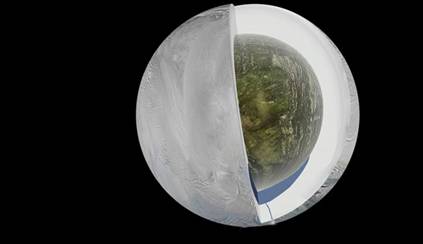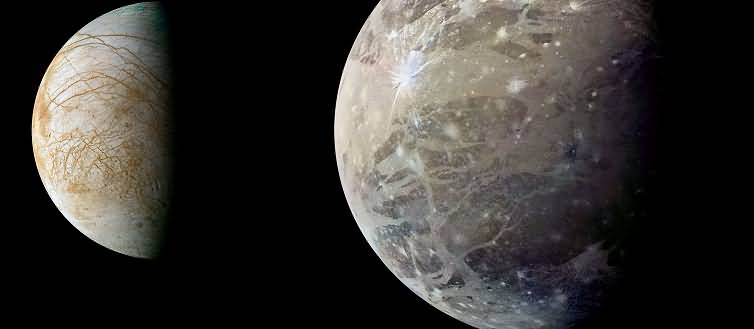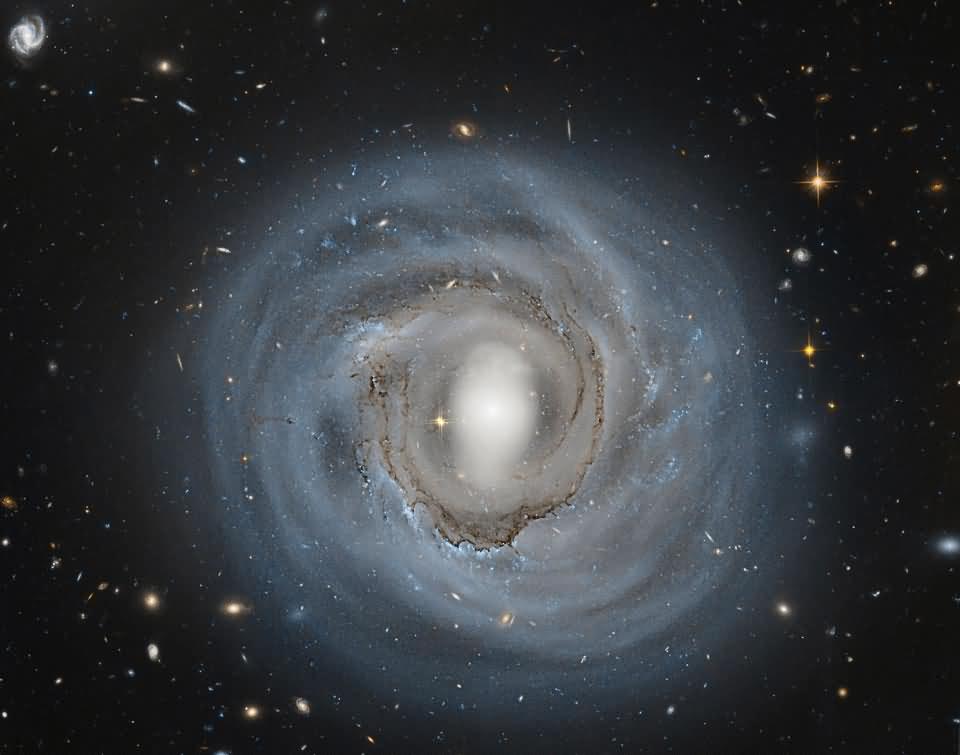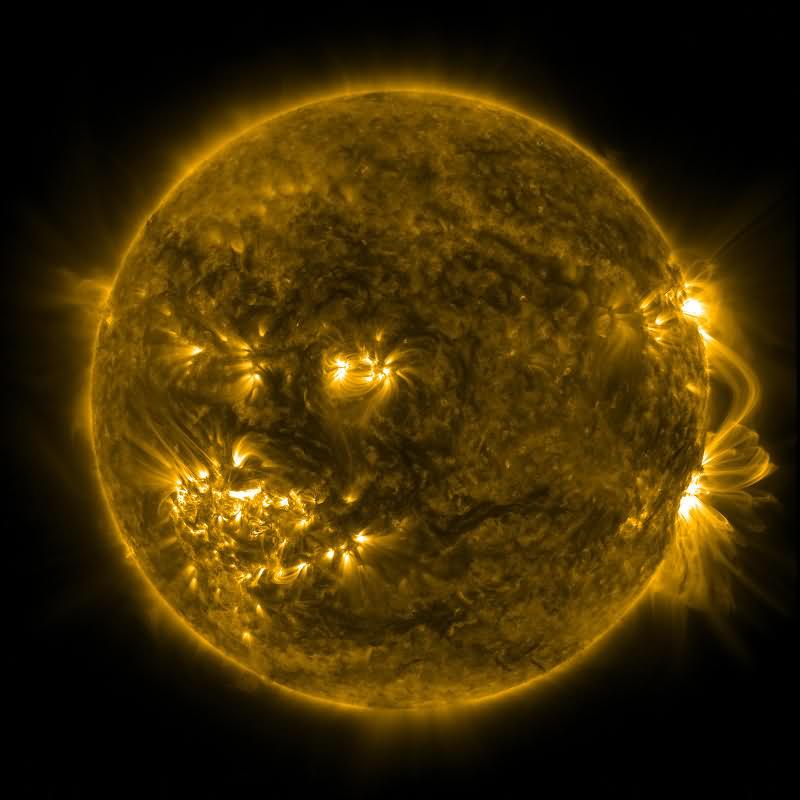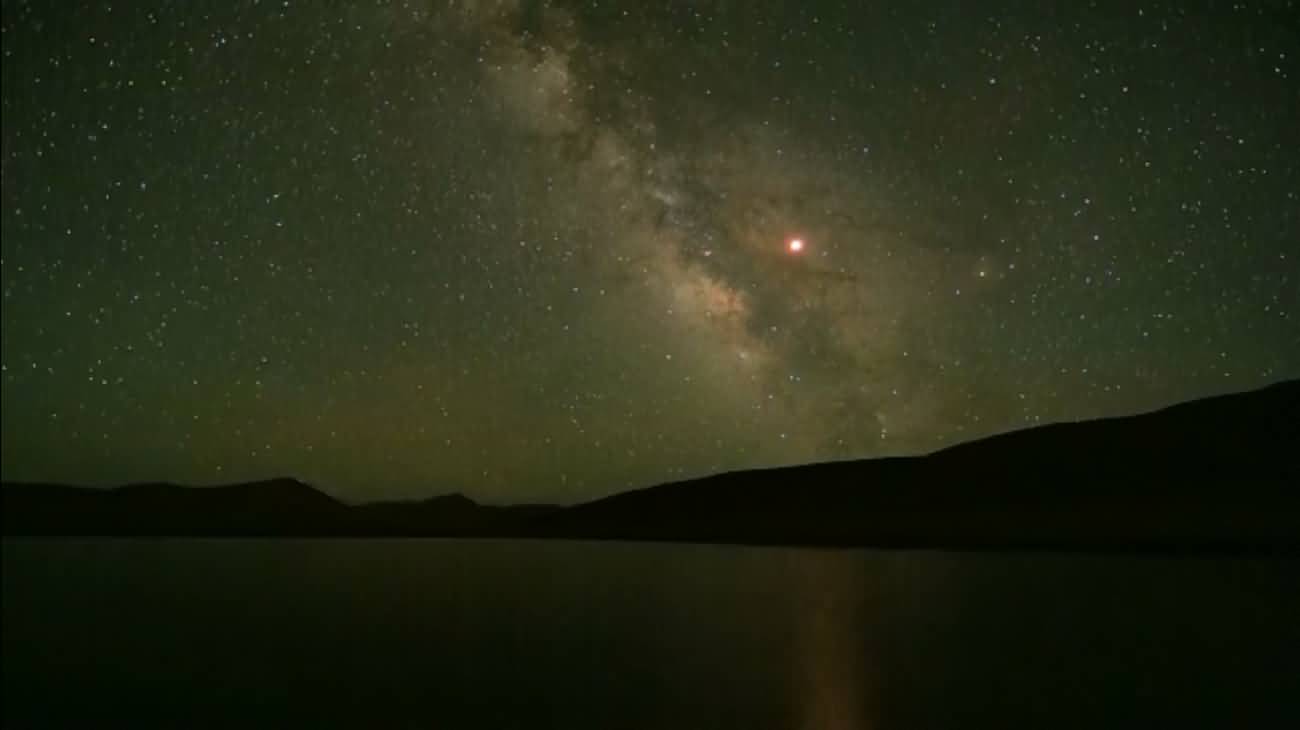There's an Ocean on Enceladus!
I remember reading Science and Technology magazine in high school, and I loved it. Actually, when I look at kids today, I see them as both lucky and unlucky (someone might think I'm in my 60s, but there's no way time can speed up). They're lucky because they have much more opportunities than we did and can easily access a wealth of information online (even if much of it is inaccurate). But they're unlucky because they can't experience the excitement and imagination I experienced in high school. In fact, I can't experience that even now. For example, when I read that magazine, I would walk on the edge of a black hole and try to look inside. I would walk on the surface of Europa and wonder what lay beneath the ice. If that didn't work out, I would go to the Orion Nebula. Our imaginations were so vast, and I'm so glad I lived my childhood back then.
As I reminisce about those times, let me also mention this. Back then, the Cassini spacecraft was just about to launch. Even the thought of the discoveries they would make captivated us. Now, we see how justified our excitement was. We can say that this discovery was actually a foregone conclusion.
Signs are growing that Enceladus, a moon of Saturn, the solar system's second-largest planet, may have a large body of water beneath its surface.

Signs are growing that Enceladus, a moon of Saturn, the solar system's second-largest planet, may have a large body of water beneath its surface.
The images of icy material gushing into space from what appear to be "ribbons" at the south pole of Saturn's sixth-largest moon have generated excitement in the scientific community. Researchers detected the gravitational signature of water thanks to measurements taken by NASA's Cassini spacecraft as it flew over the moon.
245 times the height of Lake Garda
"Our measurements point to the existence of a body of water the size of Lake Superior in North America," Prof Luciano Iess told the BBC.
This corresponds to a body of water 245 times the size of Lake Garda in Italy.
The data obtained by Prof. Iess and his team show that the 500-kilometer-wide satellite could be the ideal place to conduct research on microbial life after Earth.
40 kilometers deep
Cassini's data indicate that the water mass on Enceladus is 40 kilometers below the surface, meaning it sits above the rocky layer.
The first evidence of a subglacial ocean was obtained in 2005 when Cassini detected a diffuse atmosphere.
Later observations attributed the existence of this atmosphere to mineral-rich vapors emitted from stripes resembling tiger stripes.
Cassini later determined that these vapors contained large amounts of salts and organic molecules.

